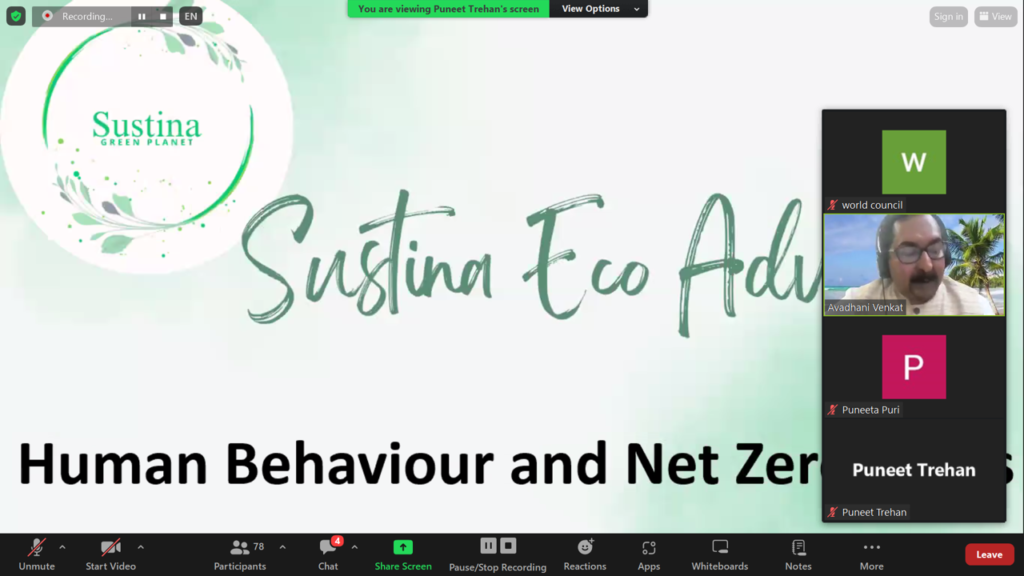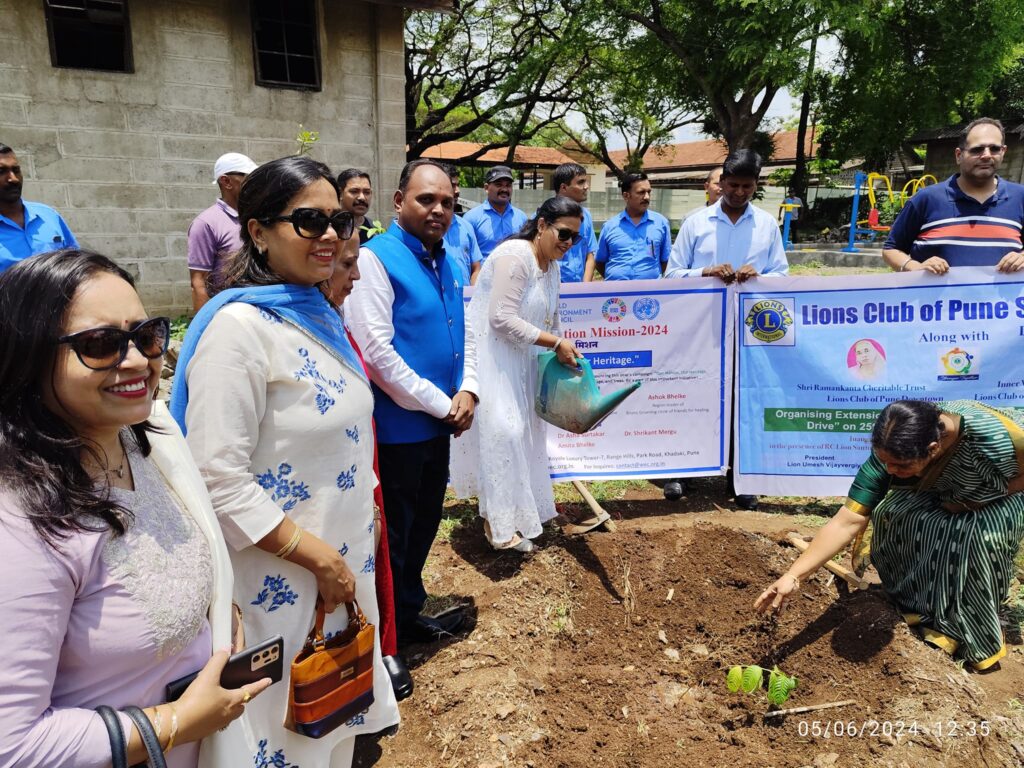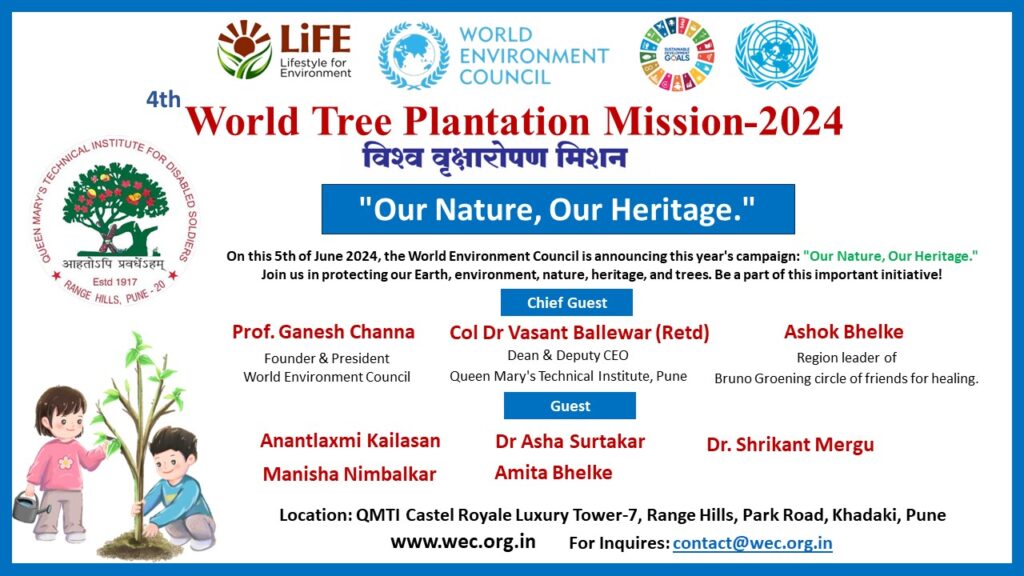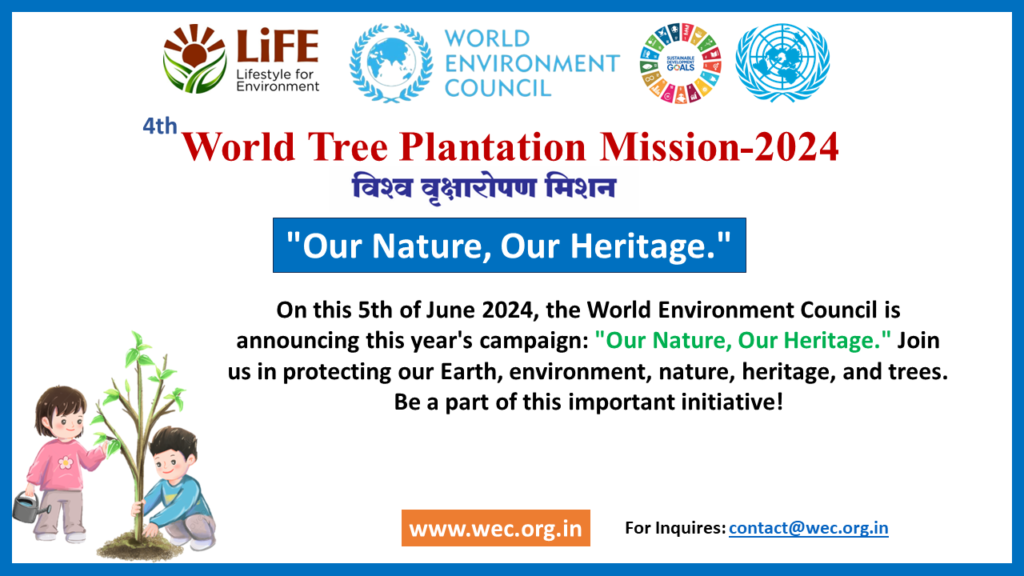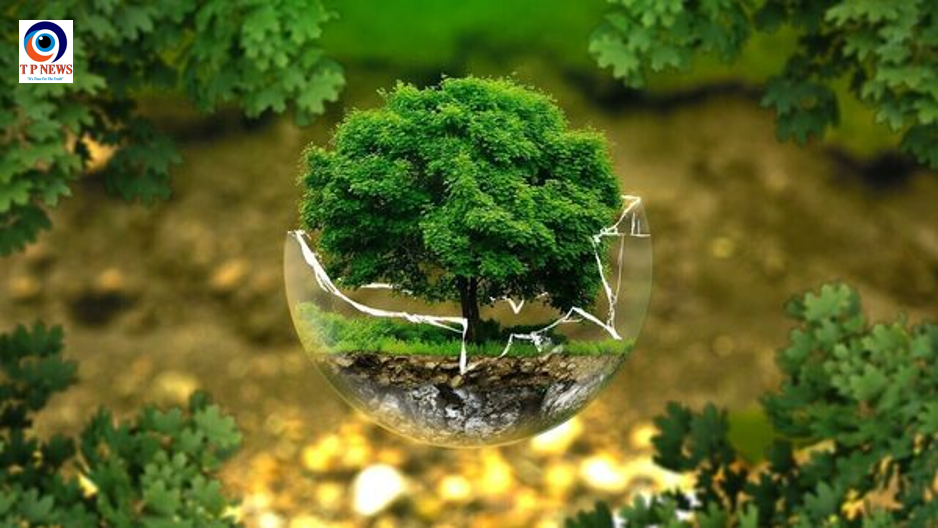In the quiet embrace of Honnali village, Karnataka, the roots of a legend were nurtured—Tulsi Gowda, often hailed as the “Encyclopedia of Forest,” has left behind a lush legacy at the age of 86. A beacon of environmental conservation, she inspired generations to honor and protect the environment, leaving an indelible mark not only on the soil but also on the hearts of those who cherished her work.
A Journey Rooted in Humility
Born in 1944 to the Halakki tribal community, Tulsi’s life was shaped by adversity. Losing her father at the tender age of two, she was raised amidst hardships that denied her formal education. Yet, her connection with nature became her greatest teacher. Working alongside her mother as a day laborer in a forest nursery, Tulsi began cultivating an innate understanding of the ecosystem, a knowledge that would later earn her the reverence of an entire nation.
A Forest Guardian’s Unwavering Devotion
Tulsi Gowda’s life is a testament to resilience and dedication. Starting as a daily wage worker, she cared for seeds in the Karnataka Forest Department’s Agasur seedbed project. Her ability to identify mother trees and her encyclopedic knowledge of forests stood unmatched. Over her 35-year career as a daily laborer, followed by a 15-year tenure as a permanent employee of the department, she played a pivotal role in afforestation, wildlife conservation, and safeguarding forests from threats such as poaching and fires.
A Legacy Carved in Green
Tulsi Gowda’s commitment led to the planting and nurturing of over 1 lakh trees across Karnataka. Her efforts directly impacted one community reserve, five tiger reserves, 15 conservation reserves, and 30 wildlife sanctuaries, preserving biodiversity and strengthening ecosystems. Her contributions went beyond planting trees; she became an environmental mentor to her community, inspiring collective action toward sustainability.
Honored by the Nation
In 2021, Tulsi Gowda was conferred the Padma Shri, India’s fourth-highest civilian award, recognizing her unparalleled contributions to environmental conservation. This honor celebrated her as not just a guardian of forests but as a guiding light for humanity’s responsibility toward the planet.
A Tribute That Echoes Forever
Prime Minister Narendra Modi, in his heartfelt condolence message, described Tulsi Gowda as a “guiding light for environmental conservation.” He remarked, “She dedicated her life to nurturing nature, planting thousands of saplings, and conserving our environment. Her work will continue to inspire generations to protect our planet.”
As the “Tree Goddess” takes her eternal rest, her spirit thrives in every sapling she nurtured and every forest she saved. Tulsi Gowda’s life is a timeless lesson—when we sow care, love, and resilience, we cultivate a future that flourishes for all.
Carrying Forward the Green Mantle
Tulsi Gowda’s story reminds us that the smallest acts, rooted in love for nature, can grow into monumental change. As we bid farewell to this extraordinary environmentalist, let her legacy serve as an enduring call to action. Plant a tree, protect a forest, and honor the earth—because Tulsi Gowda’s vision of a greener world belongs to all of us.












